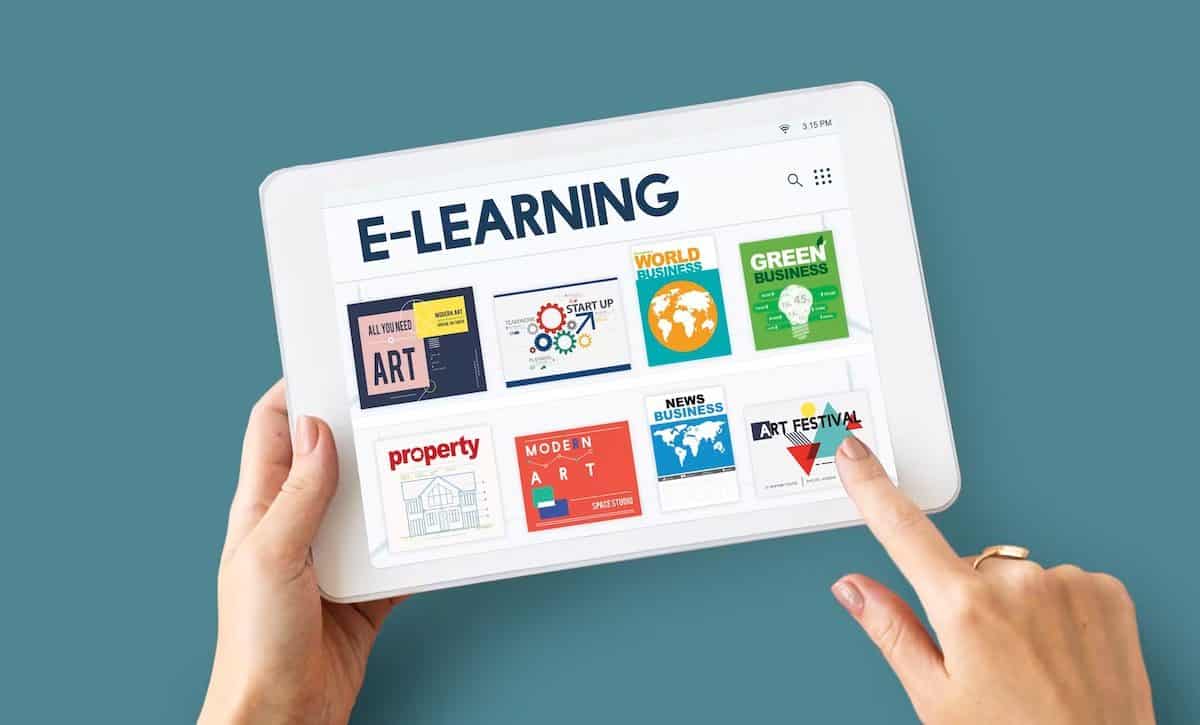We will contact you shortly!


"How to Create Interactive Content that Engages Users on Your E-Learning Website" is an insightful article that provides valuable guidance for e-learning website owners. The article covers important aspects such as creating interactive lessons and courses, utilizing automation features for efficient course management, ensuring easy access to learning materials, and leveraging social media for content promotion. With a concise and informative approach, the article offers practical tips to enhance user engagement and improve the overall learning experience on e-learning platforms. It is a must-read for anyone seeking to maximize the impact of their e-learning website.
In this digital era, online learning has emerged as a highly favored and convenient method to gain new knowledge and expertise. With the advent of e-learning platforms, the approach towards education has undergone a revolution. These platforms offer a vast array of courses and learning easily accessible materials. However, the online learning landscape is inundated with competitors, making it essential to develop interactive and captivating content that entices users to revisit your website. In this article, we will discuss some effective strategies and innovative ideas to create engaging content that stimulates users on your e-Learning website. Our suggestions range from designing interactive lessons and courses to using automation features, providing users access to diverse learning materials, and promoting your e-Learning website.
Whether you're a seasoned e-Learning professional or just getting started, this article will provide valuable insights and ideas for creating engaging and interactive content that keeps your users coming back for more. By following these tips, you can take your e-Learning website to the next level and provide a truly immersive learning experience for your users.
Another key aspect of creating interactive content is promoting your e-Learning website and reaching your target audience. We'll share strategies for promoting your content through social media, email marketing, and search engine optimization.
We'll discuss ways to make your content more interactive and engaging, from incorporating multimedia elements like videos, images, and audio, to using interactive quizzes, games, and simulations. We'll also discuss the importance of providing access to learning materials and how automation features can help streamline the learning process.

Interactive lessons and courses are essential for creating an engaging e-Learning experience for your learners. To ensure that your content is effective, there are several tips and ideas that you can incorporate into your website:
By implementing these tips, you can create interactive lessons and courses that engage and motivate learners to continue their learning journey on your website.
Creating interactive content starts with designing engaging and exciting lessons and courses. Here are some tips to keep in mind:

Incorporating automation features into your e-Learning website can be a game-changer in managing courses and improving the user experience. Here are some innovative ways to leverage automation features for better results:
Incorporating automation features into your e-Learning website can help you manage your courses more efficiently, leaving you more time to focus on creating compelling content that engages your users. Consider using the following automation features:
Ensuring that learners have seamless access to learning materials is paramount to a successful e-learning experience. To provide this, there are several key considerations to keep in mind:
By providing easy access to high-quality and well-organized learning materials, learners can benefit from an engaging and successful learning experience, leading to improved learning outcomes.
When designing and implementing access to learning materials, it's important to keep the following factors in mind to create an effective e-learning platform:
By focusing on these key aspects, you can create an e-learning platform that is accessible, engaging, and effective for learners. Providing easy access to learning materials is just one piece of the puzzle, but it is an essential factor that can contribute to the success of your e-learning platform.

In addition to creating interactive content and providing access to learning materials, promoting your e-learning website's content is essential to attract users and increase engagement. Social media platforms are a powerful tool to achieve this goal. Here are some tips for using social media to promote your e-learning website's content:
In conclusion, social media is a powerful tool for promoting your e-learning website's content. By creating visually appealing content, posting regularly, engaging with your followers, using hashtags, collaborating with influencers, and using paid advertising, you can increase user engagement and attract new learners to your website.
Designing interactive and engaging e-learning content is a crucial aspect of creating a successful e-learning platform. Here are some tips and ideas that you can consider to make your content more engaging:
Remember to continuously evaluate and update your content based on learner feedback and performance data to ensure that it remains engaging and effective.
To promote your e-learning website's content and reach a wider audience, you can use social media platforms like Facebook, Twitter, and LinkedIn to share your content and engage with your followers. You can also use automation features like email marketing to reach out to potential learners and promote your website's content.
By keeping these strategies in mind and putting in the effort to create engaging content, you can build a successful e-learning platform that provides a valuable learning experience for your users.
We will contact you shortly!